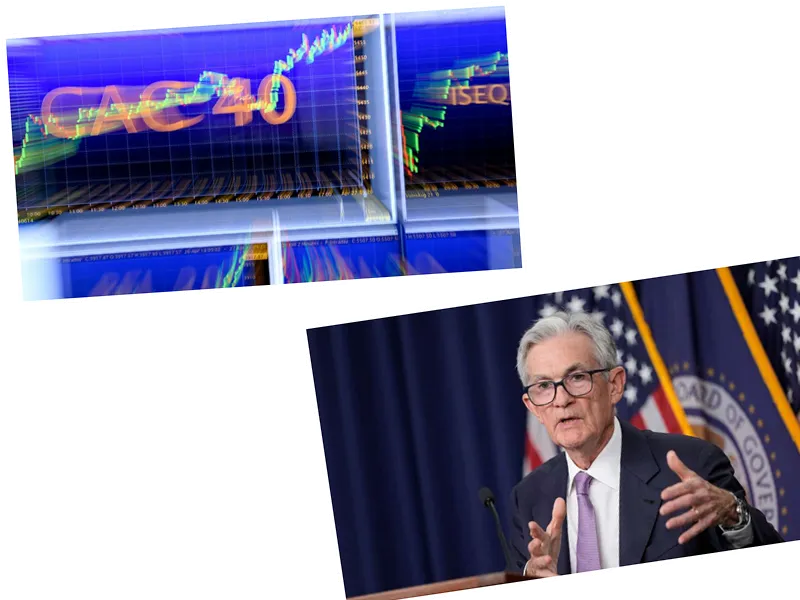On August 5, the global cryptocurrency market experienced a severe downturn, with Bitcoin plunging 16% to $49,000, marking its lowest point since February. This decline was echoed across other digital currencies, including Ethereum, which fell 21%, and Litecoin, which dropped by 20%. The total market capitalization of all cryptocurrencies diminished by nearly $400 billion, reaching $1.76 trillion. These dramatic shifts in the crypto landscape coincided with a broader sell-off in the stock markets, reflecting growing fears of a potential recession in the United States.
The U.S. stock market opened to significant losses, with the NASDAQ dropping over 4.5%, the S&P 500 down approximately 3.5%, and the Dow Jones decreasing by about 2.5%. Major tech stocks such as Tesla, NVIDIA, and Microsoft experienced sharp declines, further fueling investor anxiety. Analysts attributed this downturn to disappointing employment data from the U.S., which indicated a rise in unemployment rates, sparking fears of an impending recession. Additionally, the tightening of monetary policy by the Federal Reserve has raised concerns regarding the economic outlook.
This global financial turmoil was not limited to the U.S.; the Tokyo Stock Exchange recorded its largest drop in points, driven by the same employment report that shocked investors worldwide. The 'Sahm rule,' which suggests that a rise in unemployment could signal a recession, has led many to predict a downturn in economic activity. However, some economists, including Claudia Sahm, caution against panicking, asserting that not all economic indicators point to a recession. Despite the current volatility, there remains hope for a market rebound in the near future as investors digest these developments.






